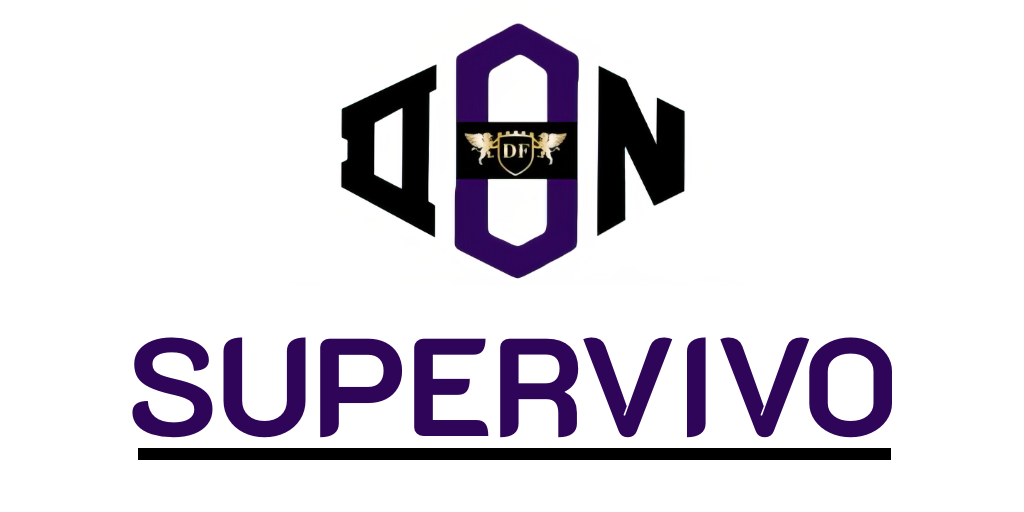The rapid advancement of technology has sparked a provocative question in the realm of education: will robots replace human teachers in classrooms? As we stand on the brink of the future of teaching, the integration of robots in education becomes ever more pertinent. The ongoing evolution of pedagogical methods, shaped significantly by recent global events, has led institutions to explore innovative teaching tools, including automated systems. According to the World Economic Forum, nearly 50% of jobs could be automated by 2050, raising significant discussions around the necessity of human educators. As we delve into the possibilities and implications of this trend, the role of technology in shaping learning environments is undeniably crucial.
The Rise of Robots in Education
The educational landscape is undergoing a transformative change, marked by the increasing presence of technology in the classroom. As educators face the challenge of adapting to this digital transformation in schools, the integration of robots in education emerges as a compelling solution. This shift not only enhances learning experiences but also prepares students for a future where technological fluency is paramount.
Understanding the Integration of Technology
Schools worldwide are embracing innovative approaches by incorporating AI in teaching. This integration facilitates personalised learning experiences, allowing students to grasp concepts at their own pace. Educators can direct their efforts more efficiently, focusing on individual student needs while robots handle repetitive tasks. The blend of teaching methods creates an engaging environment where technology supports rather than replaces the human touch.
Case Studies of Robotics in Schools
Notable implementations of robotics in classrooms demonstrate the efficacy of this approach. In Japan, primary schools have successfully integrated humanoid robots developed by companies like SoftBank. These robots interact with students, bolstering engagement and enthusiasm for learning. Case studies reveal that such initiatives not only improve academic performance but also foster collaborative skills among peers. The positive reception from both students and educators indicates a promising path forward in harnessing technology for educational advancement.

Will robots replace human teachers in classrooms?
The advent of AI in teaching sparks a profound discussion about the future of education. Will robots replace human teachers in classrooms? The integration of AI offers both opportunities and challenges that must be considered carefully. While robotic teachers present innovative methods of delivering content, they also highlight significant limitations related to emotional connectivity and pedagogical effectiveness.
The Role of AI in Teaching
AI in teaching primarily focuses on personalising the educational experience for each student. Intelligent algorithms can analyse a student’s progress and adapt learning materials to suit their individual needs. This tailored approach can lead to improved understanding and retention of information. Nevertheless, reliance on AI could lead to a depersonalised learning environment, where students miss out on the valuable human interactions essential for social and emotional development.
Benefits and Limitations of Robotic Teachers
Exploring the benefits and limitations of robotic teachers reveals a nuanced landscape. Benefits include:
- Consistent delivery of information without fatigue.
- Immediate feedback on student performance.
- Increased engagement through interactive technologies.
Despite these advantages, significant limitations arise. Robots lack the ability to forge emotional connections, which are crucial in the learning process. Human teachers bring empathy, intuition, and the capacity for critical thinking, traits that robots cannot replicate. As students engage more with technology, striking a balance between AI-driven and human-led education becomes increasingly important.
Impact of Automation in Education
The impact of automation in education has been profound, creating new dynamics within classrooms. As technology continues to shape learning environments, the role of educators is evolving. Teachers are moving from traditional instruction methods to more facilitative roles, guiding students through a landscape enriched with digital tools. This transformation signifies a shift not only in how subjects are taught but also in how students engage with their own learning processes.
How Automation is Shaping Classroom Dynamics
Automation introduces innovative teaching methods that challenge conventional approaches. For instance, interactive platforms allow students to explore subjects at their own pace, enabling personalised learning experiences. This evolution fosters an environment where collaboration is key, as automation encourages teamwork on digital projects. Educators now focus on nurturing critical thinking and problem-solving skills, essential for success in an increasingly automated world.
Preparing Students for a Technologically Advanced Future
The need for preparing students for a technologically advanced future cannot be overstated. With studies projecting that 65% of children entering primary school today will take on jobs that do not yet exist, educational strategies must adapt accordingly. Skills such as digital literacy, adaptability, and innovation are crucial. Teachers play a vital role in guiding students through this transition, ensuring they are equipped for the challenges and opportunities that lie ahead. Embracing these shifts is essential to thriving in the future of teaching.
The Future of Teaching: A Hybrid Approach
The educational landscape is evolving, ushering in a new era defined by a hybrid approach that integrates both human educators and robotics. This progressive model acknowledges the unique strengths brought by each, fostering an environment that enriches student learning experiences and promotes engagement. The future of teaching lies in the effective collaboration between skilled teachers and advanced robotic technologies, leading to a more dynamic classroom atmosphere.
Combining Human Interaction with Robotics
Combining human interaction with robotics enhances the learning environment significantly. Robots can assist with routine tasks or provide immediate feedback, allowing teachers to focus on more intricate aspects of learning. This interaction between humans and machines not only caters to diverse learning needs but also encourages students to develop essential skills in teamwork and problem-solving. The positive impact of this collaboration supports the goal of creating inclusive and effective learning spaces for all students.
Strategies for Educators to Adapt to Technological Changes
Adapting to the integration of technology in classrooms presents challenges and opportunities for educators. Strategies for educators to adapt to technological changes include upskilling in digital tools and redefining pedagogical roles. Professional development programmes can equip teachers with the knowledge and skills needed to navigate these advancements confidently. Collaborative initiatives with technology specialists can further enhance their understanding of how to effectively implement diverse teaching methodologies that maximize the potential of both human and robotic contributions.
Digital Transformation in Schools
The landscape of education is undergoing a profound change, driven by digital transformation in schools. This evolution is not merely a trend but a fundamental shift towards becoming smart institutions, where integrated technology allows for more interactive and engaging learning experiences. The advent of robots in education showcases this transformation, offering new avenues for teaching and learning that cater to diverse student needs.
Key stakeholders, including policymakers, educational authorities, and technology companies, play an integral role in this digital revolution. Their contributions are vital in facilitating access to the necessary resources that enable schools to leverage technology effectively. As we look to the future of teaching, it’s clear that a collaborative approach is essential to ensure that advancements in educational methods encompass every learner’s unique requirements.
Another critical aspect of digital transformation is the emphasis on equity and inclusivity. As schools increasingly incorporate advanced technologies, ensuring that every student has access to these tools is paramount. A forward-thinking approach is essential, one that prioritises the diverse needs of all learners and paves the way for a more equitable educational landscape, preparing students for a world where technology and learning seamlessly coexist.









